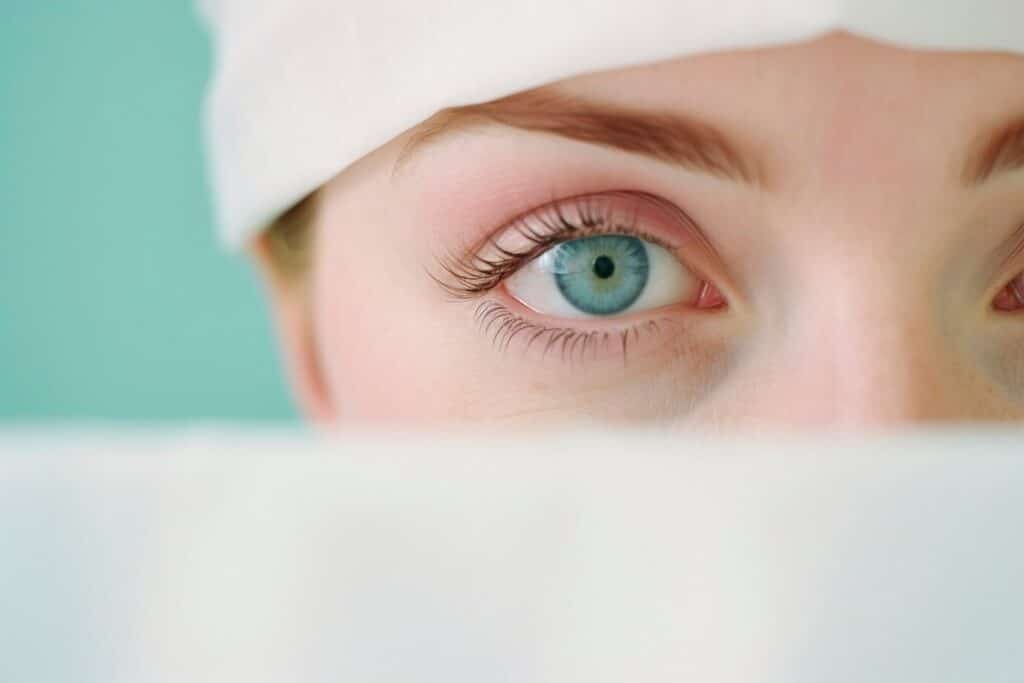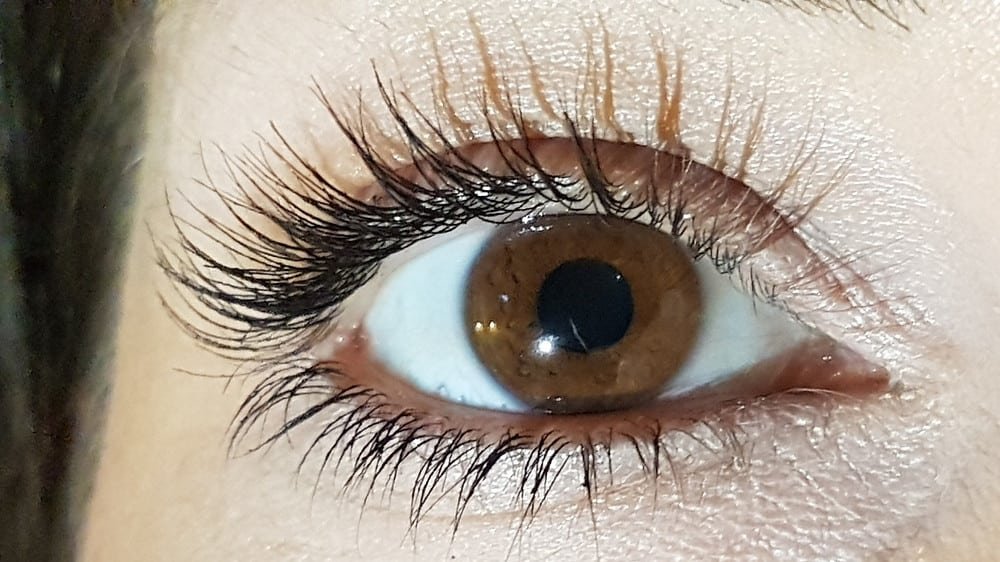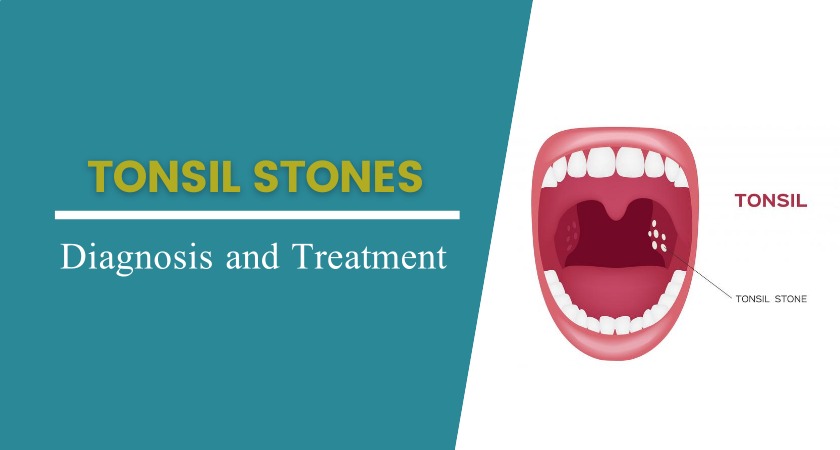Do Tears Make Your Eyelashes Grow? Researchers believe the experience is related to how stress hormones like cortisol affect the hair follicles. The release of these hormones may increase growth. If you’re experiencing an increase in lash growth, you may be experiencing a result of stress hormones affecting your hair follicles.
The quest for longer, fuller eyelashes has led to numerous beauty myths, including the popular belief that crying can stimulate eyelash growth. Many individuals have noticed their lashes appearing more defined and lustrous after shedding tears, leading to the widespread notion that tears possess magical lash-enhancing properties.
This intriguing connection between tears and eyelash growth has captured attention across social media platforms and beauty forums. The observation of glossier, more prominent lashes post-crying has sparked curiosity about the potential relationship between emotional expression and physical beauty.
What you’ll discover in this evidence-based guide:
- The scientific truth behind tears and eyelash growth
- Expert insights from dermatologists and ophthalmologists
- Proven methods to enhance your natural lash length
- Natural remedies for maintaining healthy lashes
- Professional recommendations for achieving your desired lash goals
Let’s separate fact from fiction and explore the real science behind eyelash growth, backed by dermatological research and expert knowledge.
Understanding the Eyelash Growth Myth

The belief that tears promote eyelash growth has persisted across generations, deeply embedded in beauty folklore. This myth gains traction from several observable phenomena that create an illusion of longer lashes after crying:
- Temporary Glossy Effect: Tears coat eyelashes with moisture, making them appear darker and more defined
- Clumping Effect: Wet lashes tend to stick together, creating the appearance of fuller, longer strands
- Post-Crying Observations: People often notice their lashes in mirrors after emotional moments, attributing any perceived changes to their tears
The persistence of this myth stems from multiple factors:
- Social Media Amplification: Beauty influencers and viral posts spread unverified claims about tear-induced lash growth
- Confirmation Bias: People selectively remember instances where their lashes appeared longer after crying
- Misunderstanding of Lash Biology: Limited public knowledge about natural eyelash growth cycles fuels misconceptions
Cultural practices and traditional beauty remedies also reinforce this belief. In some societies, the act of crying is romantically linked to enhanced beauty, leading to the assumption that tears possess cosmetic benefits.
Research shows that while tears contain proteins and nutrients essential for eye health, these components don’t stimulate hair follicles or influence the natural growth cycle of eyelashes. The myth’s appeal lies in its simplicity and the human tendency to seek meaning in natural processes.
The Science Behind Eyelash Growth
Tears consist of three primary components:
- Water – 98% of tear composition
- Mucin – proteins that help tears spread evenly
- Lipids – oils that prevent tear evaporation
Research shows these components provide temporary moisture but don’t stimulate follicle growth or affect lash length. The natural eyelash growth cycle determines lash development through three distinct phases:

1. Anagen Phase (Growth)
- Active growth period lasting 30-45 days
- New lash formation and lengthening
- 40% of upper lashes in this phase at any time
2. Catagen Phase (Transition)
- Growth stops
- Follicle shrinks
- Lasts 2-3 weeks
3. Telogen Phase (Resting)
- Lash remains dormant
- Old lash falls out
- New growth cycle begins
- Spans 4-9 months
Several biological factors influence eyelash growth:
- Hormonal changes
- Genetics
- Age
- Nutritional status
- Medical conditions
Studies indicate that hormones like thyroid and androgen play crucial roles in lash density and thickness. Research published in the Journal of Dermatology demonstrates that hormonal imbalances can alter the growth cycle, affecting lash development and maintenance.
Moreover, eyelash growth can be significantly influenced by external factors such as the use of certain products or exposure to environmental elements.
The most effective lash conditioners contain:
- Peptides
- Biotin
- Keratin
- Panthenol
- Hyaluronic acid
These ingredients support the natural growth cycle by nourishing follicles and strengthening lash structure at a cellular level.
Expert Opinions on Tears and Lash Growth
Leading dermatologists and ophthalmologists have consistently debunked the myth connecting tears to eyelash growth.
Dr. Marina Peredo, a renowned New York dermatologist, states:
“There is absolutely no scientific evidence supporting the claim that crying promotes eyelash growth. The temporary appearance of fuller lashes after crying is merely an optical illusion.”
Board-certified ophthalmologist Dr. Sarah Chen explains the misconception:
“Tears might temporarily stick lashes together, creating clusters that appear thicker and longer. This effect disappears once the tears dry, revealing your natural lash length.”
Research from the American Academy of Ophthalmology reinforces these expert opinions:
- Tears lack growth-stimulating compounds necessary for lash enhancement
- Emotional crying doesn’t trigger any biological mechanisms linked to hair growth
- The temporary glossy appearance of wet lashes creates a false perception of length
Dr. James Rodriguez, a dermatologist specializing in hair growth, emphasizes:
“Patients seeking longer lashes should focus on clinically-proven methods rather than relying on crying. The connection between tears and lash growth is purely mythical.”
These expert insights align with clinical studies showing no correlation between tear production and eyelash length, thickness, or growth rate. Medical professionals recommend focusing on evidence-based approaches for achieving desired lash results such as those outlined in this comprehensive overview which highlights clinically-proven methods for enhancing lash growth.
Effective Methods to Promote Healthy Eyelash Growth
Scientific research points to several proven methods for enhancing eyelash growth and maintaining healthy lashes:
1. Eyelash Growth Serums
- FDA-approved serums containing bimatoprost show significant results in extending lash length
- Peptide-based formulations stimulate the hair follicles’ growth phase
- Biotin-enriched products strengthen lash structure and prevent breakage
2. Essential Nutrients for Lash Health
- Protein-rich foods support keratin production
- Vitamin B complex aids in follicle development
- Iron deficiency can lead to lash thinning
- Omega-3 fatty acids improve lash texture and strength
3. Daily Care Practices
- Remove eye makeup gently with oil-based removers
- Avoid rubbing eyes or pulling at lashes
- Clean lash line regularly to prevent follicle blockage
- Use silk pillowcases to reduce friction during sleep
4. Growth-Supporting Treatments
- Regular lash conditioning with vitamin E
- Gentle massage of lash line to stimulate blood flow
- Professional lash treatments with growth-enhancing ingredients
- Proper mascara application techniques to prevent damage
Research indicates these methods work by targeting the hair follicle’s growth cycle directly, unlike tears which have no scientific connection to lash enhancement. Consistency in these practices yields visible results within 4-8 weeks.
Natural Remedies for Lash Health
Natural oils offer a gentle, chemical-free approach to nourishing eyelashes and promoting their health. Research indicates specific oils contain properties beneficial for lash maintenance:
1. Castor Oil
- Rich in ricinoleic acid, supporting hair follicle health
- Contains omega-6 fatty acids that strengthen lash fibers
- Creates a protective coating to prevent moisture loss
2. Coconut Oil
- Penetrates hair shaft to reduce protein loss
- Lauric acid provides antimicrobial protection
- Conditions lashes to prevent brittleness
3. Olive Oil
- Vitamin E content protects against free radical damage
- Squalene helps retain moisture
- Anti-inflammatory properties support follicle health
4. Application Tips for Natural Oils
- Use clean mascara wands or cotton swabs
- Apply oils before bedtime
- Gentle massage at lash line for 1-2 minutes
- Remove excess oil to prevent eye irritation
5. Additional Natural Remedies
- Green tea compresses strengthen follicles
- Aloe vera gel provides essential vitamins
- Vitamin E oil capsules supply direct antioxidants
These natural treatments work best with consistent application and gentle handling. Avoid pulling or tugging at lashes during application, and maintain a regular cleaning routine to prevent oil buildup. Additionally, exploring the benefits of other natural ingredients could further enhance your lash health regimen.
Expert Recommendations for Achieving Longer Lashes
Leading dermatologists and beauty experts unanimously dismiss the connection between tears and eyelash growth. Dr. Sarah Mitchell, a board-certified dermatologist, explains:
“The temporary appearance of longer, darker lashes after crying is purely an optical illusion caused by wetness and clumping. Tears contain no growth-stimulating properties.”
Research-backed recommendations from experts include:
- Prescription treatments like Latisse (bimatoprost) – clinically proven to extend the growth phase of eyelashes
- Professional lash serums containing peptides and prostaglandin analogues
- Regular gentle cleansing to remove makeup residue and debris
- Using silk or satin pillowcases to reduce friction during sleep
- Applying mascara with gentle, upward strokes to prevent breakage
Expert-approved lifestyle changes:
- Maintaining adequate protein intake (0.8g per kg of body weight daily)
- Supplementing with biotin and vitamin B complex
- Staying hydrated with 8-10 glasses of water daily
- Avoiding waterproof mascara that can stress lash follicles
- Using gentle, oil-based makeup removers
Dr. Jennifer Lee, a cosmetic dermatologist, emphasizes the importance of consistency: “Visible results in lash growth require 8-12 weeks of dedicated care using scientifically-proven methods. Quick fixes and myths only lead to disappointment.”
Conclusion
The myth linking tears to eyelash growth has been proven false through scientific evidence. While the search for longer lashes continues to captivate beauty enthusiasts, research points to proven methods that deliver real results.
Your path to enhanced lash growth lies in:
- Dedicated use of scientifically-backed lash serums
- Proper nutrition rich in vitamins and proteins
- Gentle handling and maintenance routines
- Natural conditioning treatments
The truth about “do tears make your eyelashes grow” reveals that emotional release through crying won’t magically transform your lashes. Instead, focus your energy on evidence-based approaches that nurture and strengthen your natural lash line.
Remember: Beautiful, healthy lashes come from consistent care and scientifically-proven methods – not from tears. By embracing these validated techniques and maintaining realistic expectations, you’re positioned to achieve the fuller, longer lashes you desire through legitimate means.
FAQs (Frequently Asked Questions)
Despite popular belief, tears do not promote eyelash growth or thickness. Scientific evidence and expert opinions from dermatologists and ophthalmologists confirm that crying does not stimulate eyelash lengthening or thickening.
Eyelash growth follows a natural cycle consisting of anagen (growth), catagen (transition), and telogen (rest) phases. Tears contain water, salts, and enzymes but lack nutrients necessary to nourish or stimulate lash follicles. Therefore, tears do not influence the eyelash growth cycle.
Proven ways to enhance eyelash growth include using serums enriched with peptides and biotin, maintaining proper nutrition for lash health, staying hydrated, and following good eyelash care practices such as gentle cleansing and avoiding harsh makeup removal techniques.
Yes, natural oils like castor oil, coconut oil, and olive oil can condition eyelashes, preventing breakage and promoting healthier lashes. These oils provide essential moisture and nutrients that support lash strength and reduce damage.
Dermatologists recommend using clinically tested eyelash serums containing active ingredients like bimatoprost (found in products like Latisse) or biotin-based formulations. These treatments have been shown to effectively stimulate eyelash growth when used consistently as directed.
After crying, residual tears on the lashes can temporarily make them look glossier or darker due to moisture reflecting light differently. However, this effect is cosmetic and does not indicate actual changes in lash length or thickness.




